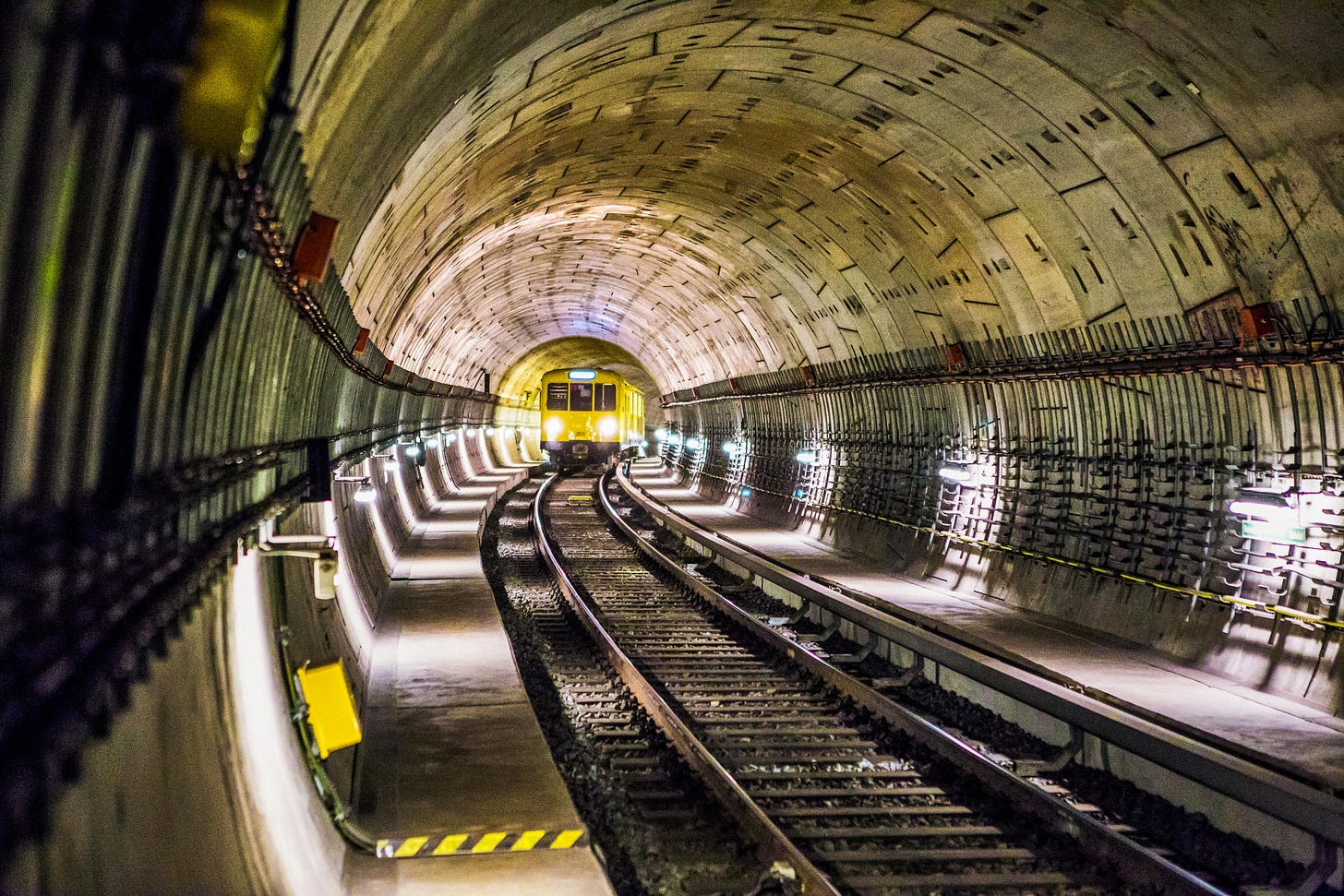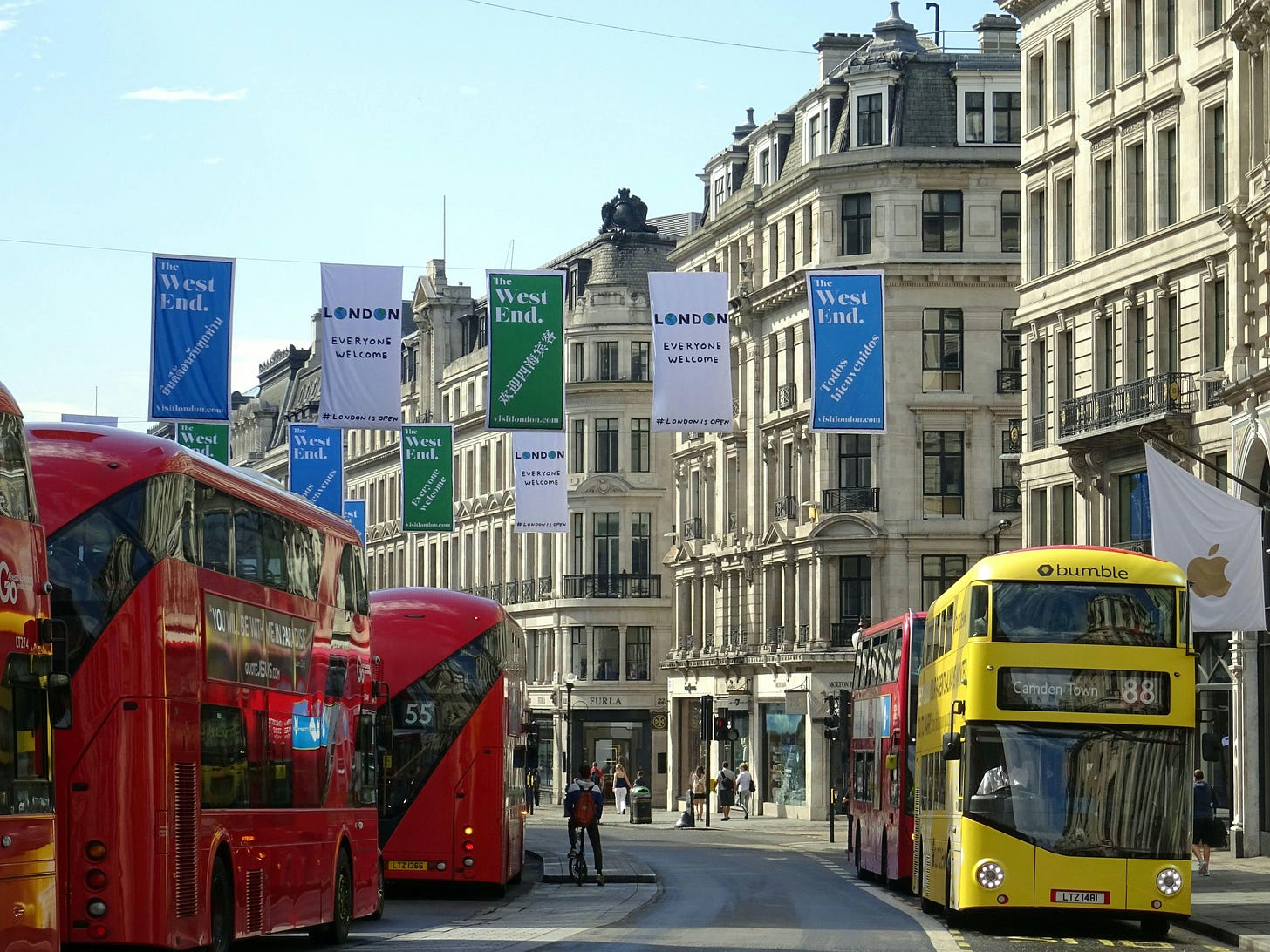Your solutions can only be as good as your questions. Like all cliches, we sort of know that it is true. But the paradox about cliches is their ubiquity makes them meaningless. By becoming common knowledge, they also become abstract. They are taken as a given instead of being discovered. So, here are three concrete illustrations of asking the right — by which I mean great — questions I recently came across. You do not need to agree with their conclusions to appreciate the line of thinking.

1. How to fix medical education in India?
You have probably heard of the allegations of the paper leak and other discrepancies in the recent National Eligibility cum Entrance Test (NEET), the nationwide entrance examination for admission to undergraduate medical programs in India. This is nothing new; we have had a series of paper leaks in India.
A general instinct in such problems is to try to fix the ‘loopholes’, such as adding “more policemen and armoured cars to protect the papers from leaking.” These are fine, but they miss the bigger point. In their recent article, instead of jumping to hows — banal loophole fixes — Kelkar and Shah ask fundamental whys.
First, they ask why the exam needs to have one set of questions for everyone across the country on a single day. Instead, they suggest computerised testing from a large question bank based on item response theory. For instance, computer adaptive tests (CATs), like the GRE, adapt to the test taker's ability level in real time by selecting questions of appropriate difficulty based on their previous responses. That makes ‘paper leaks’ practically a non-issue while increasing the quality of testing.
Why stop here? They then ask why we have accepted the centralised, one-size-fits-all approach to admissions in medical colleges in the first place.
The purpose and strategy of each university would shape the mechanisms that it uses to choose students... Some universities might like to take in STEM propeller heads, some might emphasise multiple personality traits, some might like to use allocation based on lotteries…. There is no reason for union government control of medical admissions…

They again ask if we can do better. Why stop at the admissions and not consider a better medical education as a whole?
… a 10-fold or 20-fold increase in the number of doctors would be readily absorbed by the economy… This shortage is caused by mistakes in the rules made by government which hold back entry…. The Indian private sector knows how to build and run educational organisations, what is needed is a large dose of removal of restrictions. We draw on Agarwal et. al. 2023 on the solutions. Government restrictions hold back myriad universities in India from launching medical schools, which many could do in partnership with private hospitals.
Much food for thought in a few hundred words, no? As the authors say, often, “the solutions lay in injecting superior ideas, not superior execution, into the policy process.”
2. Why do cities exist?
When Shashi Verma joined Transport for London in 2002, the Elizabeth Line was one of the main proposals. It was, he recalls in a recent episode of The Seen and the Unseen podcast, estimated to cost about 19 billion pounds.
How do you make a case for such a significant amount to the Chancellor (Finance Minister equivalent), who would naturally ask: why invest in transport instead of building schools and hospitals?

Typically, Shashi explains, public transport projects are analysed based on the travel time savings they would unlock. He felt that saving a few minutes of commute time neither captures its full value nor makes a convincing case. He asked a fundamental question: What is the purpose of infrastructure? That led to a different case for public transport: enabling economic growth.
Building infrastructure supports the growth of cities. But why do cities exist in the first place? Shashi’s answer was simple: cities allow economic activity to organise itself much better than spreading across the country.

A combination of various factors comes together in cities due to clustering, which creates agglomeration effects.1 Consider the following: Canary Wharf is just 40 hectares (close to 100 acres) but has about 150,000 jobs.
Public transport enables economic growth by enhancing such clusters: making them accessible and congestion-free. It allows distributing the people out and leaving space in the centre of the city to specialise in work. The City of London district has about 450,000 jobs but only about 11,000 residents.
Cities are engines of agglomeration — that’s where productivity is coming from. Economic activities that benefit from clustering should be allowed to cluster as tightly as possible. You are creating this tight cluster that needs to be fed with people. You need transport to get people in and out of the cluster all the time. (Shashi Verma on the Seen and the Unseen)
Voila! This is a paradigm shift from mere travel time savings. Notice that it also informs the design of the public transport. You do not just want to connect all places aimlessly. Rather, you want to connect the entire city to the ‘centre’, the cluster with high productivity. So, at any given point, all metro lines should optimise to take you to the centre. In many cases, buses might be more suited.
Shashi observes that this kind of thinking is missing in India. We do not even know what the centre of Delhi or Mumbai is. “A city without a centre is just a collection of villages”, he remarks.
3. Where has all the education gone?
This is the basic question Lant Prichett asked in his famous 2001 paper. For long, policymakers took the value of education for granted. They assumed that schooling is education. The paper showed that despite massive increases in educational attainment in developing countries, the expected growth benefits did not happen.
There are various explanations, some of which are discussed in the paper itself. But one thing is clear: on average, ‘education’ — defined as years of schooling — is not enough to build human capital and, thereby, economic growth. This might seem obvious in hindsight, but it was underappreciated then.

In India, the first Annual Status of Education Report (ASER) exposed the hollowness of education in 2005. Like Lant, they simply asked what was coming out of education. So, unlike the then-standard metrics of measuring enrollment and attendance, they measured whether the children were actually learning anything (i.e., learning outcomes).
Even after 17 years since the first report, the 2022 report found that:
About 30% of students in class 8 cannot read basic texts (letters, words, a simple paragraph) expected of students in class 1.
About 55% of students in class 8 cannot do basic arithmetic (division).
This is an indictment of education in India, which looks great from the enrollment numbers. The ASER reports have shifted the discourse, at least among researchers, towards focusing on learning outcomes. Of course, many governments and development organisations have either not got the memo or choose to ignore it.
Recommendations
[Video] Where Has All the Infrastructure Gone? by Amit Varma and Ajay Shah explores the same question as one in education: what has come out of the investment in infrastructure in India?
[Video] A Deep Dive Into Education by Amit Varma and Ajay Shah explores learning outcomes and ASER in more detail.
[Article] How to choose a National Security Advisor by Nitin Pai on basic design principles for the national security advisor's office and eco-system.
[Article] Indian economy - the consumer demand problem? by Gulzar Natrajan on the puzzle of low private investment despite good economic prospects in India.
[Article] The Elemental Foe by Noah Smith explains why addressing poverty is our first priority.
Agglomeration effects refer to the economic benefits that arise when firms and workers are close together. These benefits include increased productivity, innovation, and access to a larger pool of skilled labour and resources, which can drive economic growth.

really enjoyed reading this! great recommendations at the end ✨